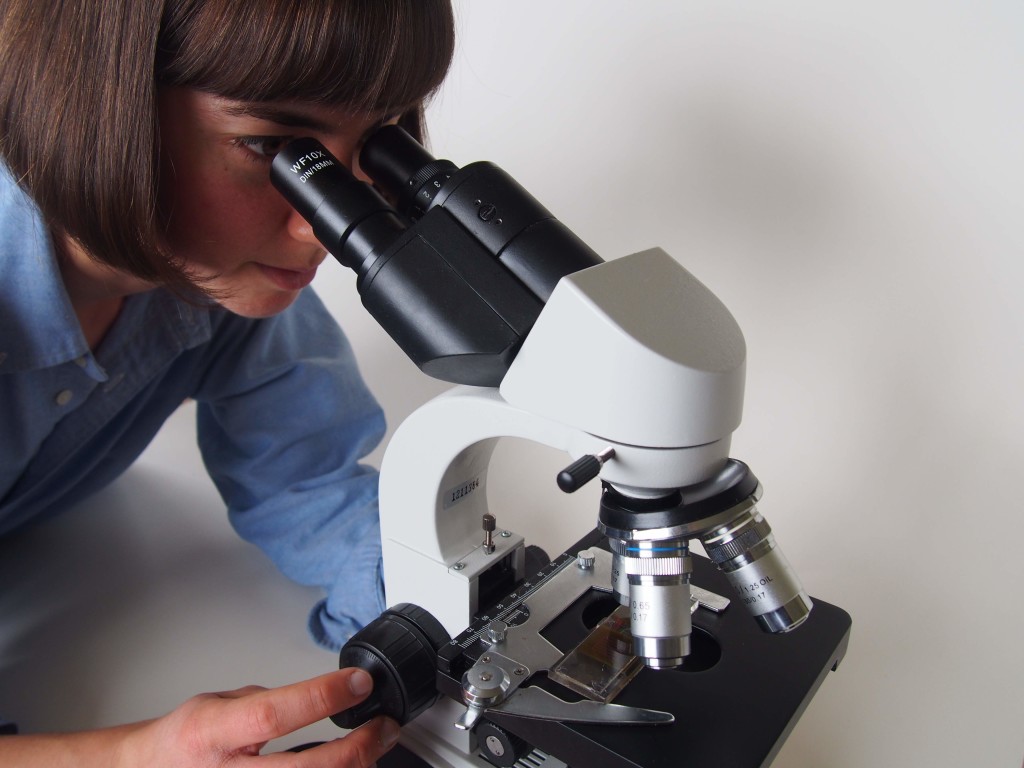FEC Test
The EggsAct Faecal Egg Count Test
The Basics
The EggsAct Kit uses the modified McMaster method for determining faecal egg counts (FECs). This is the standard method used by laboratories and vets around the world. All horses in a herd should be tested individually. Faecal samples from other animal species (sheep, cattle, goats and alpacas) can be tested individually, or more generally using pooled samples.
The FEC test involves mixing a weighed faecal sample with a specified volume of a flotation solution. The flotation solution has a high specific gravity and worm eggs float to the top of it and are then counted using a specialised McMaster counting slide. Strongyles are the most common disease-causing worms of livestock. The number of strongyle eggs per gram of faeces (EPG) can be calculated and will indicate whether the horses and mobs/herds of farm animals tested are shedding low, moderate or high numbers of these eggs. Ascarid eggs in horses (generally only significant in foals) and Nematodirus species (spp.) eggs in sheep, goats and alpacas, can be identified and counted separately from strongyle eggs. Eggs from other worms such as tapeworms are typically just noted as being present or absent.
Steps in Conducting a FEC Test
Conducting a FEC test involves collecting a faeces sample, mixing the sample, weighing a subsample, adding a specified volume of flotation fluid to it, mixing it in the flotation fluid, straining the faecal/flotation fluid sample, pipetting the sample into the counting slide and counting the eggs under the microscope.

